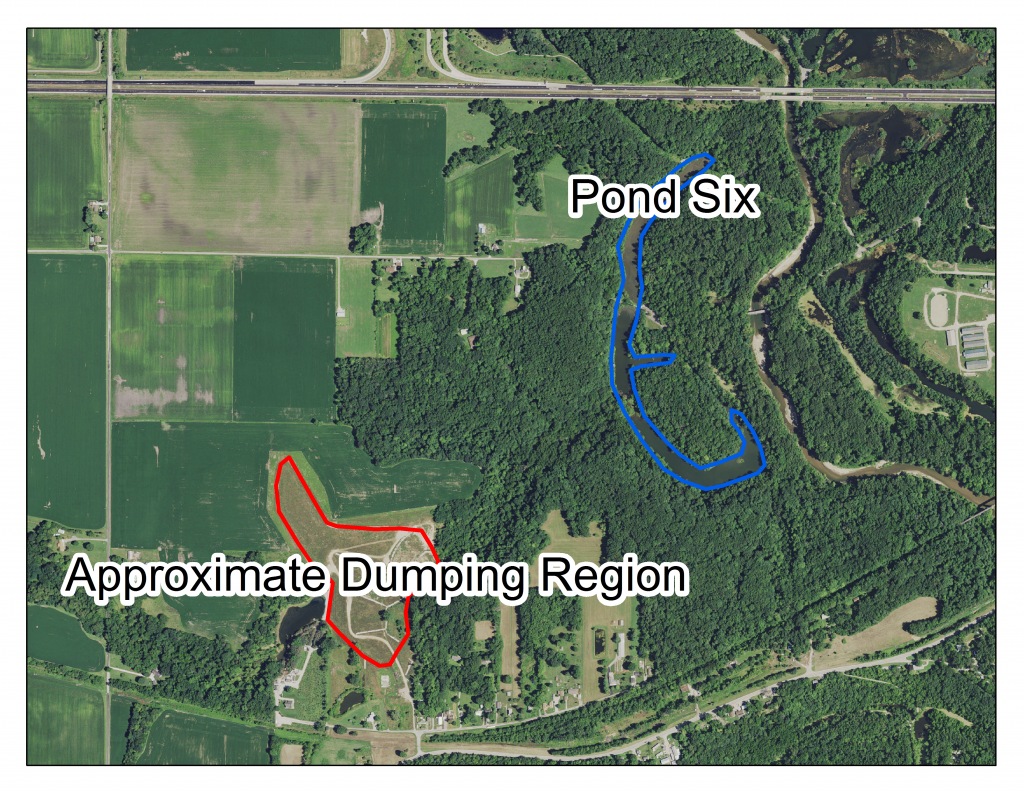
In Vermilion County Illinois, an investigation is underway to determine if coal ash used to fill a ravine near Kickapoo State Park’s Pond 6 has contaminated the lake. Regardless of the conclusion of that investigation(1), the history of this coal ash dump reveals why the current regulations for beneficial use of coal ash are broken and need to be changed.
Between 1995 and 2006, Bunge Milling Inc., under the guise of “beneficial use,” dumped over 350,000 tons of coal ash (approximately the weight of the Empire State Building) into a ravine in the residential neighborhood known as Gray’s Siding.
Coal ash is the solid by-product that is left over after coal is burned for electricity – much like ash that is left after burning wood in a fire, except coal ash contains toxic materials like mercury, arsenic, selenium, cadmium and chromium.
Coal ash is usually stored in designated impoundments or landfills, but Illinois EPA regulation allows for the “beneficial use” of coal ash in certain situations. In this case, it was to be used as structural fill.
In February 1995, Bunge received a letter from Illinois EPA which approved Bunge’s request to use their coal combustion residue (CCR) for beneficial use instead of storing it as a solid waste.(2)
The original plan was to use the coal ash to fill in the ravine just north of Grays Siding, and build a nightclub on the site. That nightclub was never built, but the ravine did get filled. Later, the justification was the construction of a small racetrack, and subsequently the siting of several other buildings. However, nothing was ever built and the site remains vacant to this day. If coal ash is ‘beneficially used’ as structural fill, but no structure is built, it is not being put to any use at all, let alone a beneficial one.
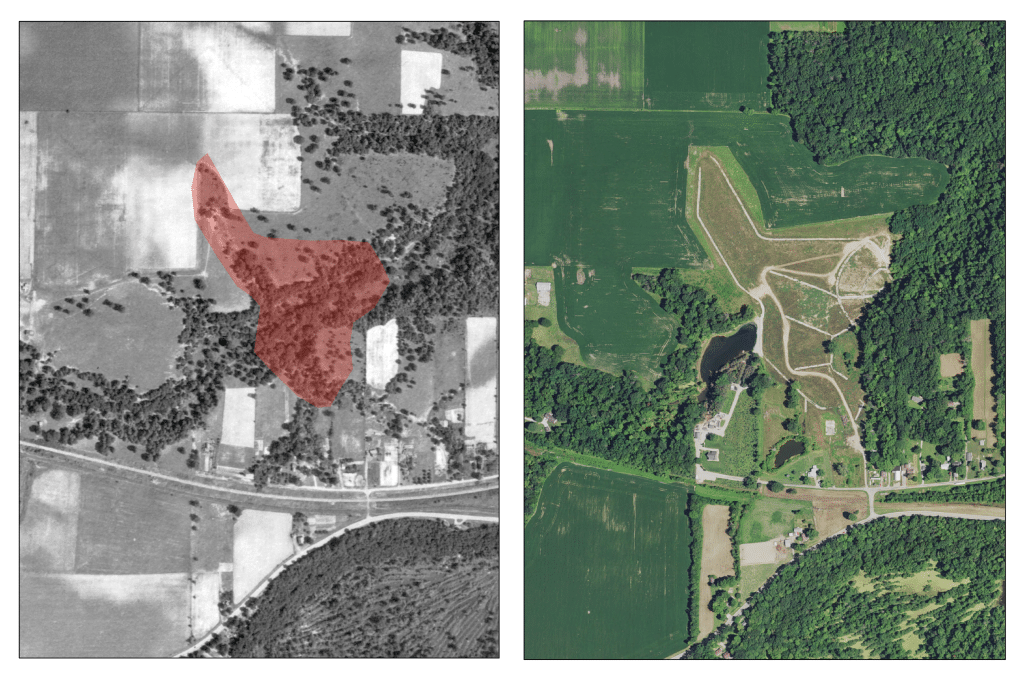
Coal ash that does not meet the stipulations for beneficial use is considered open dumping of waste. This would imply severe consequences for Bunge Milling Inc., as open dumping of waste can necessitate removal. This view is corroborated by a 2005 Illinois EPA inspection report(3). On February 9, 2005 Richard Gerard from the Illinois EPA Bureau of Land met with Loren Polak, Director of Environmental Management at Bunge. Gerard’s report of the meeting indicates the following (emphasis added):
“The primary purpose of the meeting was to discuss what would have to be done at this site to meet the conditions of Section 3.135… Mr Polak stated that Bunge plans to grade the side slopes to 3:1 and cover the flyash with 12 inches of soil… I pointed out that other conditions also have to be met, as this was to be structural fill; a building was to be built on top of the fill; this was the primary purpose of filling the ravine… I pointed out that if a suitable structure was not built on top of the fill, or if the structure only occupied a small percentage of the filled area, then the conditions of Section 3.135 would not have been met and the flyash would then be considered a waste that was open dumped, necessitating possible removal.”
However, the Illinois EPA has not stood by this interpretation. According to a 2014 Illinois EPA Inspection Report(4), ‘structural fill’ was later re-interpreted as “fill that is structured.” This is an absurdly broad definition that sets a disturbing precedent; coal ash can be dumped anywhere as ‘structural fill’ even if no structure is ever built, even if no benefit is identified. What is to stop companies from simply depositing structured ash anywhere as a beneficial use? Are all ravines just coal ash dumps waiting to be filled?
Regardless of the interpretation of “structural fill”, there appears to be no benefit of this “beneficial use.” Filling a ravine is not a beneficial use. The regulations still require an intended use , but the proposed structures were never built. The current justification seems to be that it serves as a land bridge, but if that is the case, this bridge is over 500 foot wide. For context, the Golden Gate bridge is only 90 feet wide. This is a coal ash dump, not a bridge, and there are nothing but flimsy excuses justifying the beneficial side of this use.
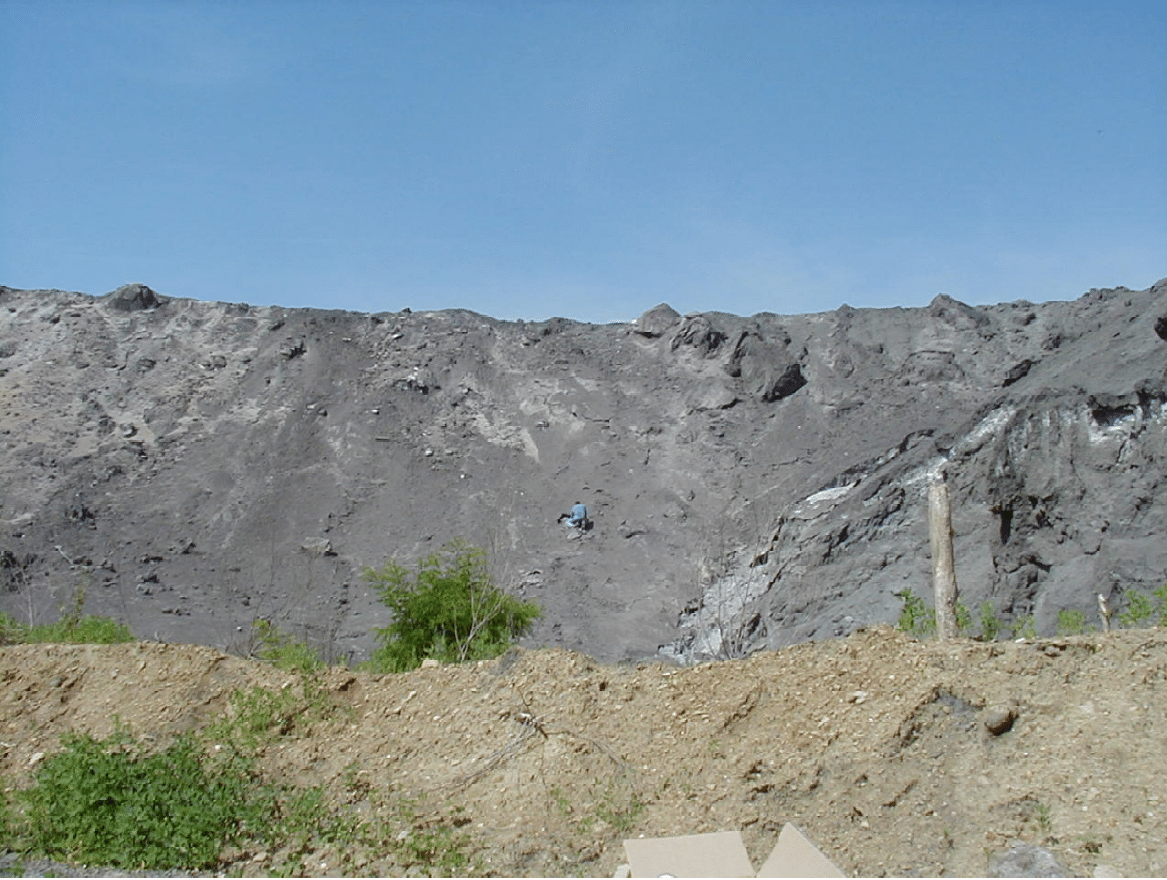
Despite having never met the original interpretation of beneficial use, in 2012 the Illinois EPA approved a closure plan that treated the waste as a beneficial use. The coal ash was covered with 12 inches of soil and the surface was engineered to facilitate drainage, as required in the beneficial use regulations.
The solution is not as simple as building a structure on-site. Even if a structure was built on the site, Bunge would be in violation of the terms of their beneficial use designation letter. In the 1995 letter which gave Bunge approval to beneficially use the ash, the approval was subject to a number of conditions which stipulated that “The use does not allow the coal combustion residue or any constituent thereof to be emitted into the air or discharged into any water, including groundwater.” The letter goes on to state that “Any material not used as described above, is waste, subject to the regulations, as they apply.”
In the course of 10 years of dumping at the site, and the following 10 years it was all left uncovered, Bunge failed to protect the water and air. The site was uncovered for over 20 years, potentially exposing the neighborhood of Grays Siding and the waters of Pond 6 to continuous airborne ash exposure. Regulations require that the ash be covered in order to mitigate water infiltration, but without any specification about when they need to cover the ash, it was allowed to remain uncovered for two decades. Groundwater monitoring has indicated that the groundwater may have been impacted by the unlined and uncovered storage of coal ash, although the records are contentious(5). The 2014 Inspection Report casts doubt on the thoroughness of the groundwater studies. We are waiting on results of a recent sampling at Pond 6 to see if it was impacted by the ash.
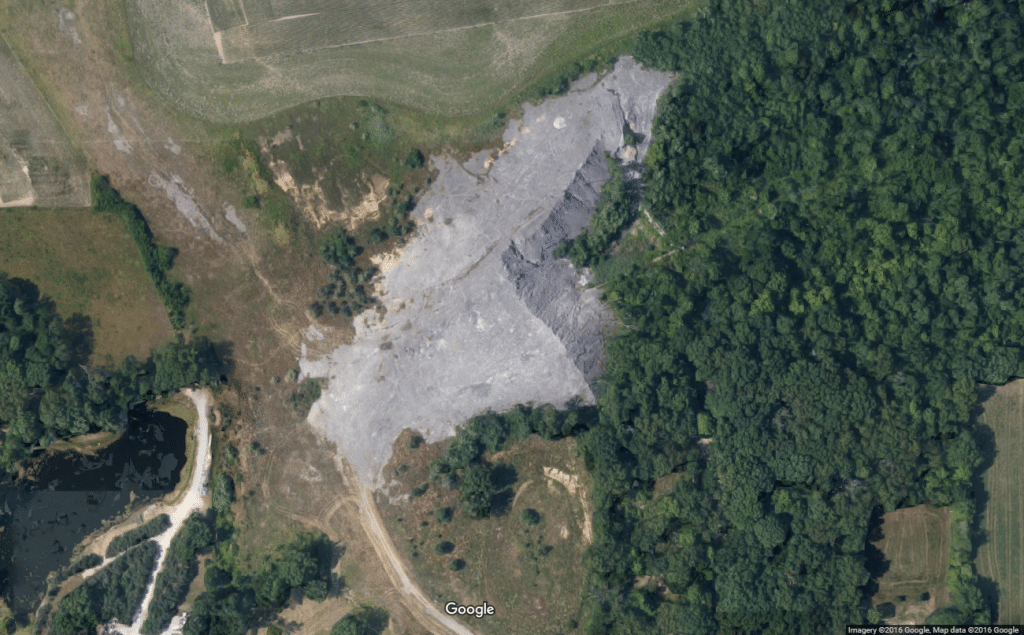
The story of Bunge and Pond 6 reveals the incredible gaps in the beneficial use regulation in Illinois. This site has been hastily justified to be anything but a coal ash dump, but it appears to a coal ash dump. Somehow, the Illinois EPA has accepted “fill that is structured” as a permissible definition of beneficial use. If this site is acceptable, it demonstrates the minimal to non-existent protections offered by the current beneficial use rules.
Illinois’ beneficial use rules allow dumping of coal ash waste into unlined sites without a clearly defined beneficial use. The rules have failed to protect Pond 6, a locally precious fishing resource, and the neighborhood of Grays Siding from over 20 years of fugitive dust blowing from the site. The rules failed to protect the groundwater in the area, which has had measurable contamination, and is the water source for residents of Grays Siding. And ultimately, Illinois EPA changed their operating definition of ‘structural fill’ to the benefit of polluters. This “beneficial use” site continues to pollute the groundwater and threaten Pond 6, even today.
We need new, stronger rules on beneficial use in Illinois. And we need them 20 years ago.
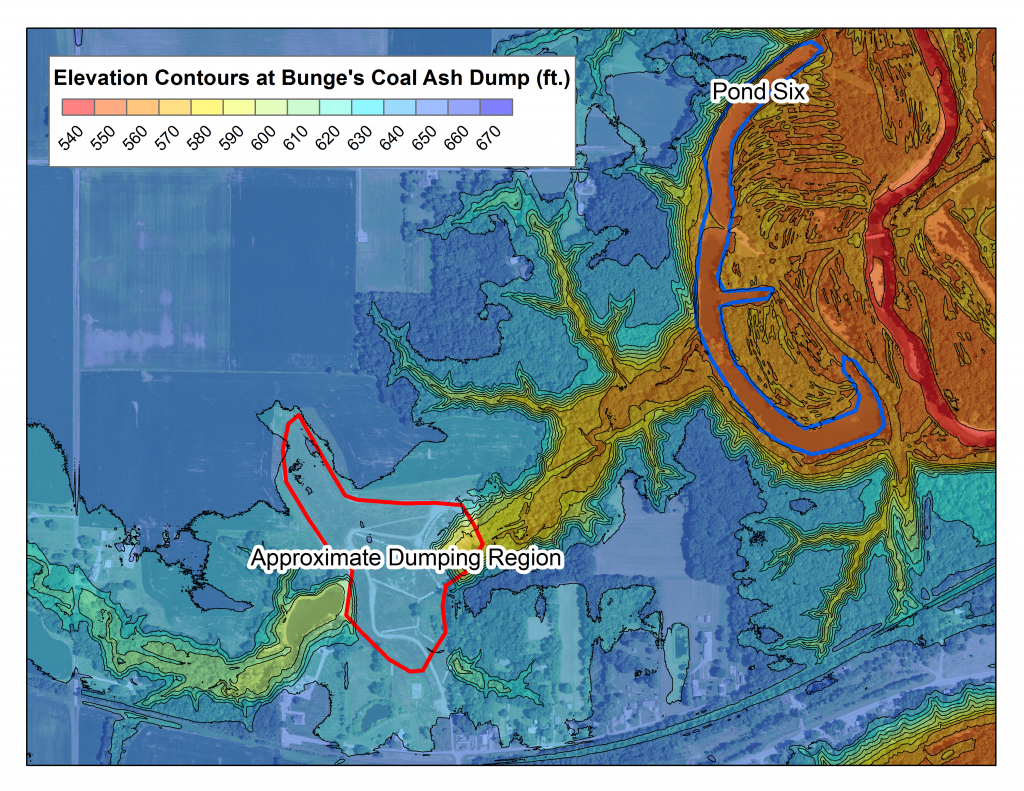
References







